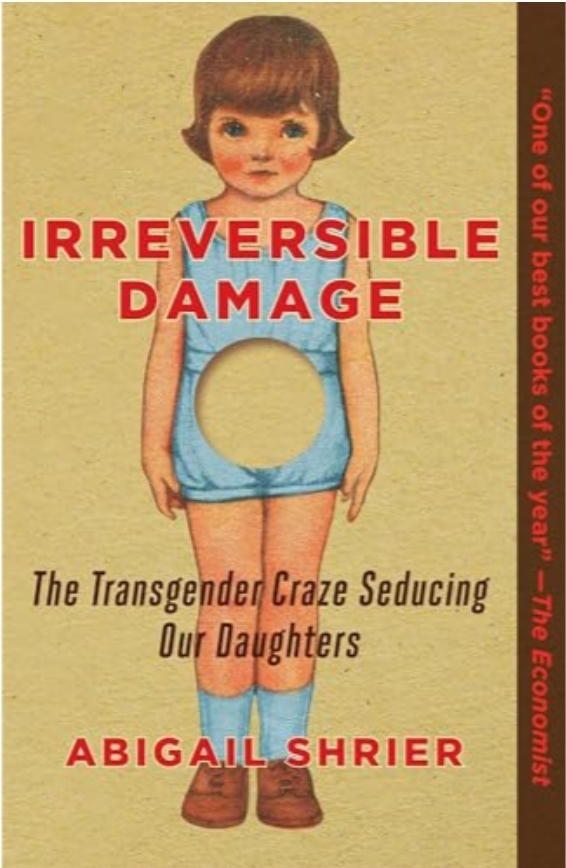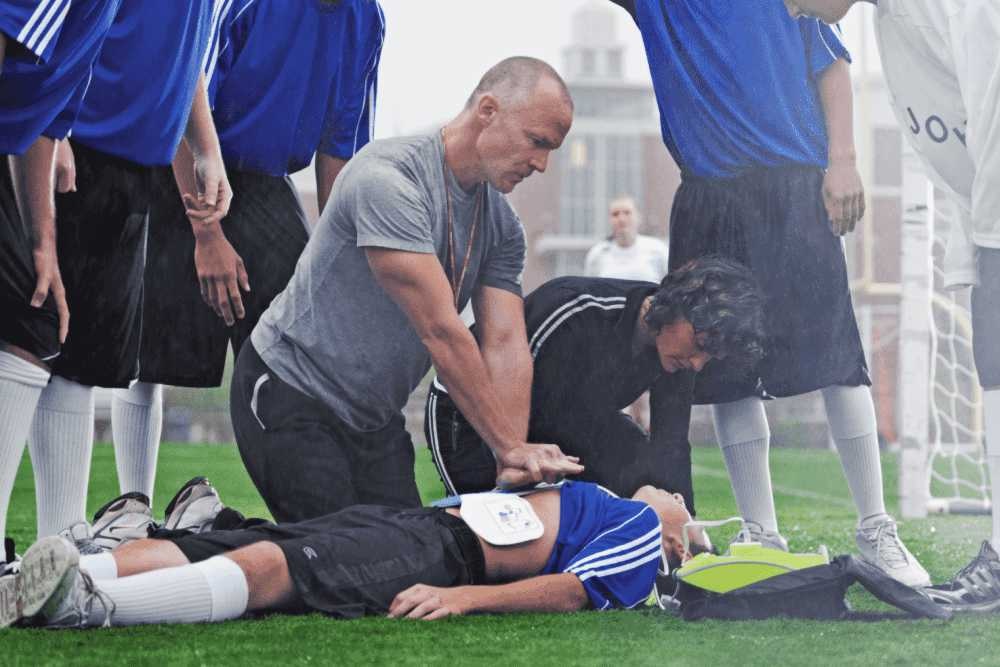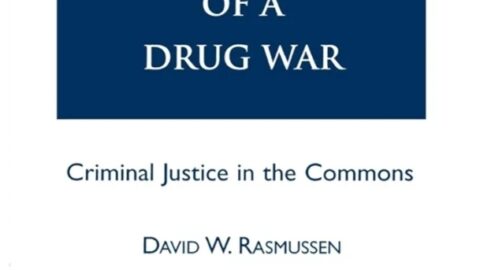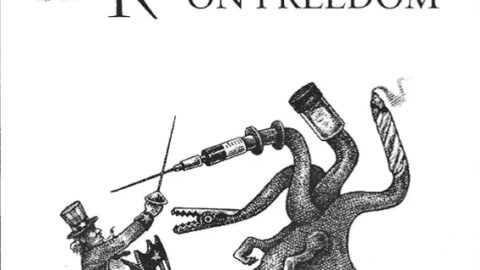“Irreversible Damage: The Transgender Craze Seducing Our Daughters” is a book by journalist Abigail Shrier, published in 2020. In this controversial work, Shrier explores the sharp rise in the number of adolescent girls identifying as transgender and seeking medical interventions such as hormone treatments and surgeries. She argues that this trend represents a social phenomenon driven by cultural and social influences, rather than a reflection of genuine gender dysphoria in every case.
Key Themes and Arguments in the Book:
- The Sudden Surge in Transgender Identification Among Teenage Girls:
- Shrier highlights a recent, significant increase in the number of teenage girls identifying as transgender, which she claims diverges from historical patterns where transgender identification was rare and predominantly among males.
- She suggests that this increase is less about authentic gender dysphoria and more about social contagion influenced by peer pressure, social media, and online communities.
- The Role of Social Media and Online Communities:
- The book argues that platforms like YouTube, Tumblr, and TikTok, along with online communities, play a significant role in encouraging young girls to explore transgender identities. Shrier posits that these spaces often glamorize transitioning and offer a sense of belonging that may appeal to teenagers who feel isolated or misunderstood.
- Shrier claims that social media fosters an echo chamber effect, where doubts or questions about gender identity are met with immediate affirmation and encouragement to pursue medical transition without adequate consideration of potential risks.
- Critique of Medical and Educational Institutions:
- Shrier criticizes medical professionals and therapists who, she argues, too quickly affirm a child’s self-diagnosis of being transgender and recommend medical interventions like puberty blockers, hormone treatments, and surgeries.
- She contends that these medical practices are often pursued without sufficient exploration of underlying mental health issues, trauma, or other contributing factors, and without fully informing young patients and their families of the potential long-term consequences.
- Impact on Families:
- The book examines the strain placed on families when a child decides to transition, often leading to conflict, confusion, and a sense of loss. Shrier describes accounts from parents who feel that they have little voice in the decisions being made about their child’s care.
- Shrier portrays parents as being marginalized or silenced by schools, medical institutions, and therapists if they express concern or disagree with immediate affirmation and medical intervention.
- Consequences of Medical Transition:
- Shrier raises concerns about the irreversible effects of medical treatments, such as puberty blockers, cross-sex hormones, and surgeries. She argues that these interventions can lead to permanent changes, such as infertility, loss of sexual function, and other health complications, which may not be fully understood by young people at the time of their decision.
- She suggests that many teenagers may regret their decision to transition once they become adults and realize that their dysphoria was a temporary phase, possibly linked to other psychological or social factors.
- Alternative Explanations and Solutions:
- Shrier calls for more research into why adolescent girls are increasingly identifying as transgender and for caution in providing medical interventions. She suggests that therapeutic approaches should focus on understanding underlying issues, such as anxiety, depression, or social pressures, rather than rushing into medical treatments.
- The book encourages a more balanced approach to gender dysphoria in youth, advocating for open discussion and consideration of alternative perspectives, including those that encourage caution around irreversible medical treatments.
Criticism and Controversy:
“Irreversible Damage” has sparked significant controversy and debate:
- Support: Some readers, particularly those concerned about the rapid increase in youth transgender identification and the use of medical treatments, praise Shrier for raising questions about potential social and medical risks. They argue that her work highlights a need for greater scrutiny of medical practices and better protections for young people.
- Criticism: Critics argue that Shrier’s book misrepresents the experiences of transgender people and could contribute to stigmatization and discrimination. They assert that her claims rely on anecdotal evidence and lack support from mainstream scientific research. Critics also claim that the book dismisses the genuine experiences of transgender youth and undermines their access to affirming care.
“Irreversible Damage: The Transgender Craze Seducing Our Daughters” offers a critical examination of the rise in transgender identification among adolescent girls and the practices surrounding medical transition. Abigail Shrier argues that social influences, rather than genuine gender dysphoria, often drive this trend, and she raises concerns about the long-term consequences of medical interventions.






